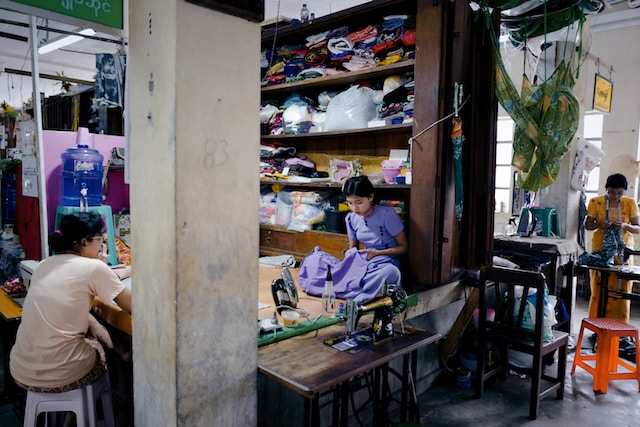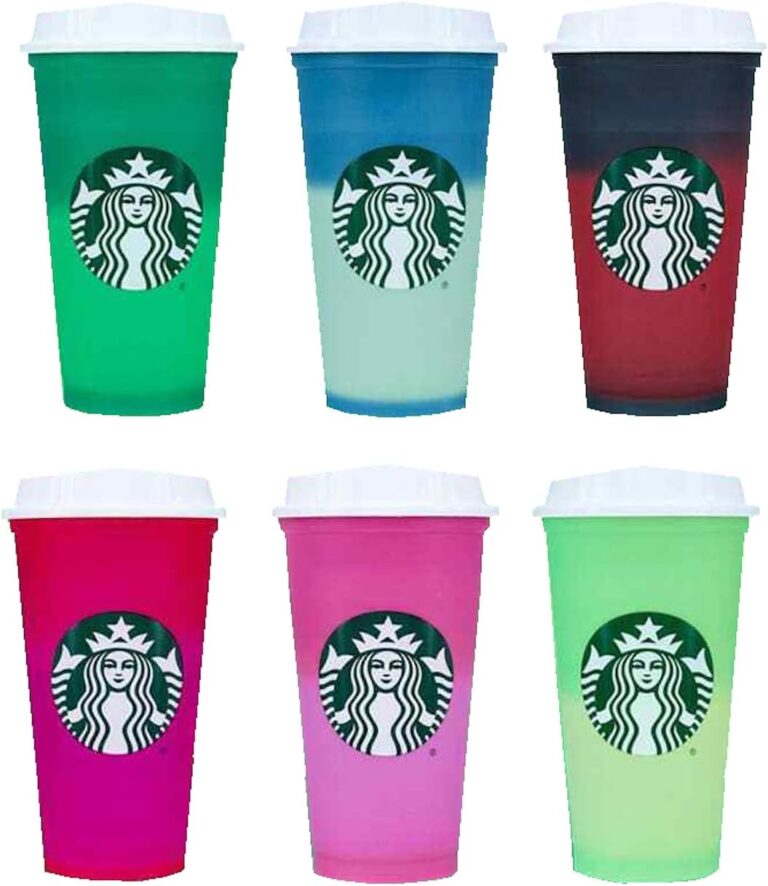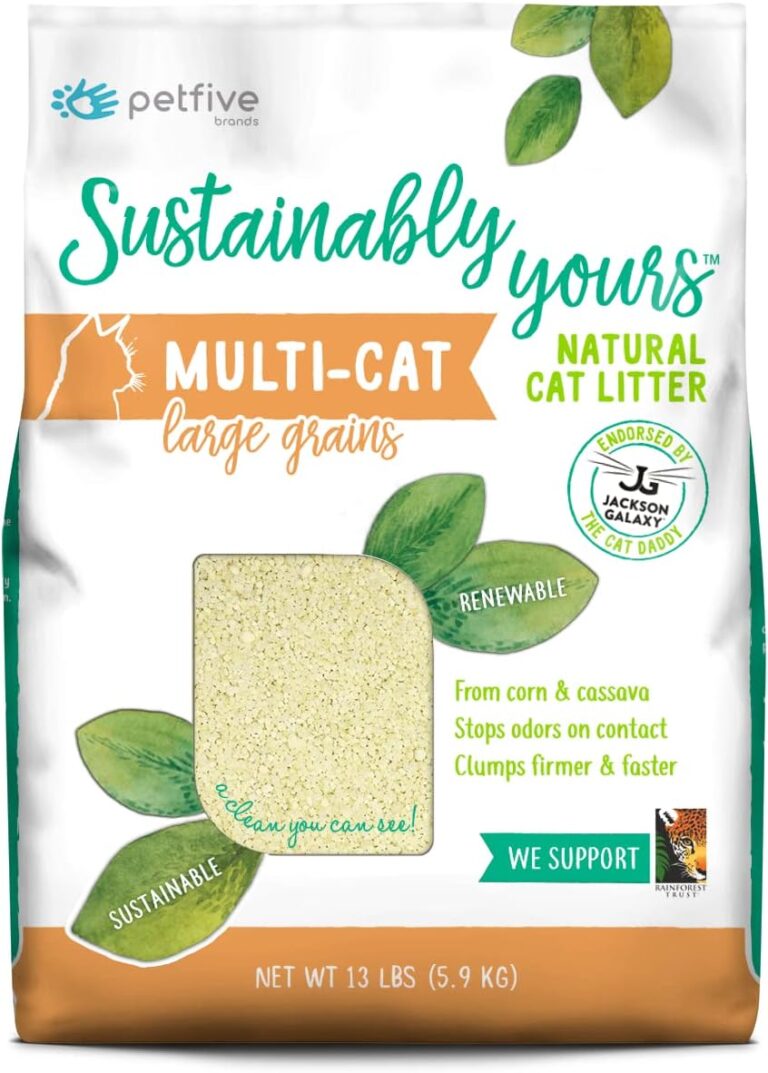In this insightful article, we explore the harrowing reality of child labor within the fast fashion industry. Taking a closer look at the dark side of the fashion world, we shed light on the exploitation that often goes unnoticed. By examining the systemic issues and sharing powerful stories, we aim to bring awareness and ignite change to ensure a brighter, more ethical future for the garment industry.
The Fast Fashion Industry
The fast fashion industry is a sector that produces inexpensive clothing at a rapid pace, catering to the demands of consumers who are constantly seeking the latest fashion trends. Key players in this industry include popular brands such as Zara, H&M, and Forever 21, which have gained massive success and popularity due to their ability to quickly produce affordable clothing.
Environmental Impact
While fast fashion offers affordable clothing options, it comes at a heavy environmental cost. The production of fast fashion clothing uses large amounts of water, energy, and chemicals, contributing to water pollution, carbon emissions, and waste generation. Moreover, the excessive consumption and disposal of these fast fashion garments results in tons of clothing ending up in landfills every year.
Exploitation of Labor
One of the most troubling aspects of the fast fashion industry is the exploitation of labor, particularly the use of child labor. Children, often from impoverished backgrounds, are forced to work in hazardous conditions, facing long hours, low wages, and lack of access to education or proper healthcare.

Overview of Child Labor
Child labor involves the employment of children in work that is harmful to their physical or mental development. According to the International Labor Organization (ILO), child labor includes activities that deprive children of their childhood, interfere with their ability to attend regular schools, and are mentally, physically, socially, or morally harmful.
Magnitude of the Problem
The magnitude of child labor in the fast fashion industry is staggering. It is estimated that there are over 152 million children worldwide engaged in child labor, with a significant number of them working in the textile and garment sector. This is a grave violation of children’s rights and hampers their overall development.
Countries with Highest Prevalence
Child labor in the fast fashion industry is prevalent in various countries, particularly those with weak labor laws and enforcement mechanisms. Some of the countries with the highest prevalence of child labor in the industry include Bangladesh, India, Pakistan, and Cambodia. These countries have become hotspots for fast fashion production due to their low labor costs.

Reasons for Child Labor in Fast Fashion
There are multiple reasons behind the prevalence of child labor in the fast fashion industry. One major factor is the demand for fast and cheap clothing by consumers. This demand puts pressure on brands to produce clothing at low costs, leading to the exploitation of cheap labor, often involving children. Additionally, the lack of proper regulation and enforcement in many producing countries allows for the continued use of child labor.
Demand for Fast and Cheap Clothing
The fast fashion industry thrives on producing clothing that is quickly consumed and discarded. This constant demand for new and inexpensive clothing pushes brands to cut costs in production, often resulting in the use of child labor. The focus on profit margins and meeting consumer demands overshadows concerns for ethical labor practices.
Lack of Regulation and Enforcement
In many countries, the regulation and enforcement of labor standards are weak or non-existent. This lack of oversight allows brands and manufacturers to exploit cheap labor, including child labor, without facing consequences. Insufficient penalties and limited resources for inspections and audits further contribute to the persistence of child labor in the fast fashion industry.

Global Supply Chains and Subcontracting
The complex and fragmented nature of the global supply chains in the fast fashion industry also contributes to the prevalence of child labor. Brands often subcontract their production to multiple factories and suppliers, making it difficult to trace the origin of their products. This lack of transparency allows for the use of child labor to go unnoticed or unaddressed.
Poverty and Lack of Education
Poverty and lack of education are underlying factors that drive children into the fast fashion industry. Families in impoverished communities often rely on child labor as a means of survival, as they struggle to meet basic needs. The lack of access to education further perpetuates the cycle of poverty, as children are forced to work instead of attending school, limiting their future prospects.
Impact of Child Labor on Children
The use of child labor in the fast fashion industry has severe consequences for the well-being and development of children.
Health and Safety Risks
Children working in the fast fashion industry are exposed to hazardous working conditions, putting their health and safety at risk. They may work long hours in cramped spaces, handle toxic chemicals, or operate dangerous machinery without proper training or protective equipment.
Loss of Education and Future Prospects
Child labor deprives children of their right to education. Instead of attending school, they are forced to work, limiting their opportunities for growth and advancement. This perpetuates the cycle of poverty, as education is crucial for breaking the cycle and improving their future prospects.
Psychological and Emotional Consequences
Working in exploitative and harsh conditions can have severe psychological and emotional consequences on children. They may experience stress, anxiety, and trauma, affecting their mental well-being. The long hours and physically demanding work also rob them of their childhood and prevent them from engaging in activities essential for their holistic development.
Cycle of Poverty
Child labor in the fast fashion industry contributes to the cycle of poverty. Children who are denied education and proper opportunities for growth due to child labor are more likely to remain trapped in poverty as adults. This perpetuation of poverty affects not only individuals but also communities and societies as a whole.
Corporate Social Responsibility
Brands in the fast fashion industry have a crucial role to play in addressing the issue of child labor and promoting ethical practices.
Brands’ Role and Accountability
Companies must take responsibility for the labor conditions within their supply chains. Brands should prioritize ethical practices, including the elimination of child labor, and ensure that their suppliers and subcontractors adhere to stringent labor standards.
Supplier Auditing and Certification
Regular audits and certifications of suppliers and subcontractors can help ensure compliance with labor standards and the exclusion of child labor. Brands should implement thorough monitoring systems to identify and address any instances of child labor in their supply chains.
Collaboration with NGOs and Initiatives
Brands can collaborate with non-governmental organizations (NGOs) and initiatives working towards eradicating child labor. By partnering with organizations dedicated to protecting children’s rights, brands can leverage their resources and expertise to make a significant impact.
Transparency in Supply Chains
Brands should prioritize transparency in their supply chains, providing consumers with information about the sourcing and production of their clothing. This allows consumers to make informed choices and supports companies that uphold ethical labor practices.
International Laws and Regulations
International laws and regulations play a crucial role in combating child labor in the fast fashion industry.
Key International Conventions and Standards
International conventions and standards, such as the International Labor Organization’s Convention No. 182 on the Worst Forms of Child Labor, provide a framework for addressing child labor. These conventions outline the obligations of governments and businesses to protect children from exploitation and promote their well-being.
Enforcement Mechanisms
Efficient enforcement mechanisms are essential for ensuring compliance with international labor standards. Governments must implement strict regulations, conduct regular inspections, and impose penalties for violators. Additionally, international bodies can support governments in enhancing their enforcement capacities.
Challenges and Gaps
Despite the existence of international laws and regulations, challenges persist in effectively addressing child labor in the fast fashion industry. Weak enforcement, lack of resources, and limited cooperation between countries are significant obstacles to eradicating child labor entirely.
Efforts to Combat Child Labor in Fast Fashion
Numerous efforts are underway to combat child labor in the fast fashion industry, with a focus on prevention, monitoring, and remediation.
Campaigns and Awareness-Raising
Campaigns and awareness-raising initiatives play a vital role in educating the public about the issue of child labor and the need for ethical fashion practices. By raising awareness, the public can support brands and organizations committed to eradicating child labor.
Fair Trade and Ethical Alternatives
Fair trade and ethical alternatives provide consumers with options to support brands that prioritize fair labor practices. These alternatives ensure that workers, including children, are paid fair wages and work in safe environments.
Monitoring and Remediation Programs
Monitoring and remediation programs aim to identify and address instances of child labor within supply chains. By conducting regular inspections and implementing remedial measures, these programs help brands identify and rectify labor violations.
Supporting Education and Empowerment
Efforts to combat child labor must address the root causes of the problem, including poverty and lack of education. Programs focused on supporting education, vocational training, and socioeconomic empowerment can help lift vulnerable communities out of poverty and reduce the demand for child labor.
The Role of Consumers
Consumers have the power to drive change towards ethical and sustainable fashion practices.
Demand for Transparency and Accountability
Consumers can demand transparency and accountability from brands by seeking information about their supply chains and labor practices. By asking questions and making informed choices, consumers can put pressure on brands to prioritize ethical labor practices.
Supporting Ethical and Sustainable Brands
Choosing to support ethical and sustainable brands is an effective way for consumers to promote positive change in the fast fashion industry. By purchasing from brands that prioritize fair labor practices, consumers can signal their demand for ethical fashion.
Educating Oneself and Making Informed Choices
Consumers should educate themselves about the issue of child labor and the impacts of the fast fashion industry. By staying informed, they can make conscious choices and support initiatives that work towards eliminating child labor.
Boycotts and Responsible Consumption
In extreme cases where brands consistently fail to address labor issues, consumers can participate in boycotts as a form of protest. Boycotts can send a strong message to brands and encourage them to take immediate action to eradicate child labor.
Government and Policy Actions
Governments and policymakers have a crucial role in addressing child labor in the fast fashion industry.
Strengthening Regulations and Enforcement
Governments should strengthen labor regulations and enforcement mechanisms to prevent the use of child labor in the industry. Stricter penalties, increased inspections, and enhanced collaboration between agencies are necessary to ensure compliance with labor standards.
Promoting Fair Trade and Ethical Practices
Governments can promote fair trade and ethical practices by providing support and incentives to brands and manufacturers that prioritize fair labor practices. This can include tax incentives, subsidies, and certifications for ethical production.
Investing in Education and Social Programs
Investing in education and social programs is vital in tackling the root causes of child labor. Governments should allocate resources towards improving access to quality education, vocational training, and social support systems that empower families and communities.
International Cooperation and Collaboration
Child labor is a global issue that requires international cooperation and collaboration. Governments should work together to share best practices, exchange information, and develop comprehensive strategies to combat child labor in the fast fashion industry.
Conclusion
Child labor continues to be a pressing issue in the fast fashion industry, with millions of children worldwide engaged in exploitative labor practices. However, efforts are underway to combat this problem. Brands, consumers, governments, and international bodies must collectively take responsibility for change and work towards creating a sustainable and ethical fashion industry. By prioritizing fair labor practices, supporting initiatives that protect children’s rights, and demanding transparency and accountability, we can move towards a future where child labor is eradicated, and ethical fashion becomes the norm.












